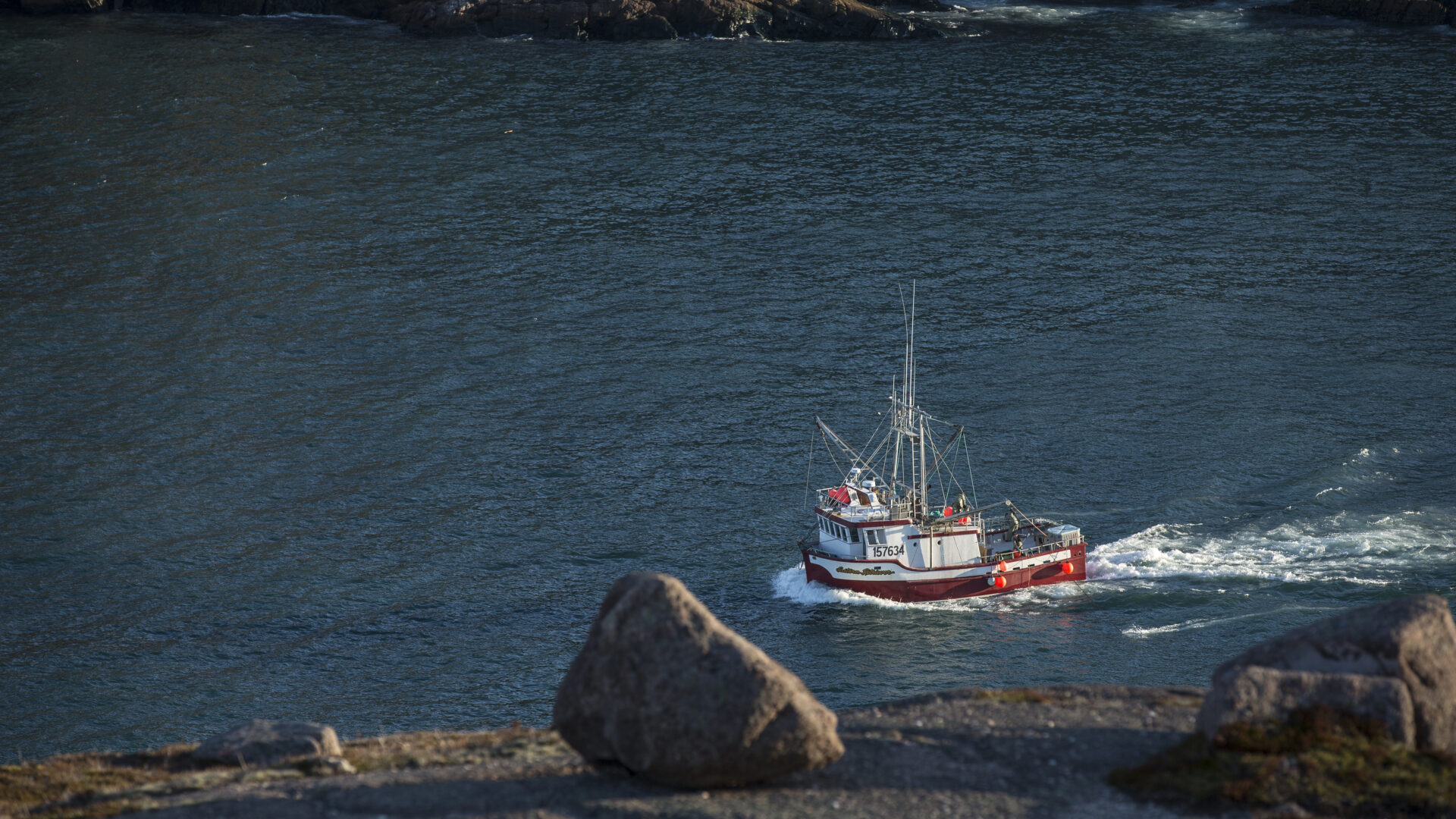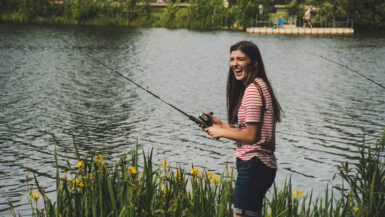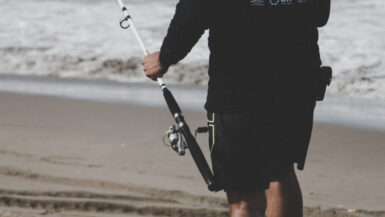Fishing for Bluegill with a bobber and worm is a fun and easy way to spend a warm summer day. Bobbers and worms make a great combination because they allow anglers to do two things – let the bait settle to the bottom where the Bluegill tend to feed, and also know when a fish takes the bait. Using this simple fishing technique can be much more productive than using a spinning lure, which can often be too large for the small Bluegill. In this article, we will discuss the best way to fish for Bluegill with a bobber and worm, including the best areas to cast and the most effective bait.
Preparing for Bluegill Fishing
Fishing for bluegill with a bobber and worm requires several supplies, including a rod and reel, bait, and a bobber. Fishers should choose a rod that is light and strongly built, as bluegill are fairly small and can be caught with a light line. Purchase monofilament line that is appropriate for the size and weight of your rod. As for bait, worms are a great option for bluegill. Use a small hook and attach a single worm for the most effective display. A bobber should also be used to suspend the baited hook in the water, and should be bright in color so it is easily seen in the water.
Choosing the Right Hooks and Weights
Utilizing the proper hooks and weights is a must when fishing for bluegill. The size of the hook should be smaller than a quarter of an inch in diameter to decrease the chances of the fish swallowing the hook. Weights should also be small, as too much weight can sink the bait past the reach of bluegill. The size of these items should be proportional to the size of the bluegill being targeted.
Choosing the Ideal Fishing Spot
The ideal spot for bluegill fishing is a shallow water area with lots of vegetation or weeds. Bluegill often linger in the shade of shallow vegetation, so casting in these areas is usually ideal for finding them. When fishing in ponds and lakes, check for hidden stumps, logs, and rocks that may be easily overlooked. These structures are often home to bluegill, so they can be excellent spots for fishing.
Casting and Retrieving a Bobber and Worm
When ready to cast, use an open-faced spinning reel and cast the baited hook with the bobber several feet into the water. As the bobber is slowly bobbing on the surface, the worms will slowly sink and appear to be swimming, mimicking small prey. As the line settles, slowly reel the line in and check for strikes. If a strike occurs, wait a few seconds before attempting to reel the bluegill in.
Choosing the Right Tackle
Fishing for bluegill with a bobber and worm is a popular and productive method of angling, and it only requires a few essential items of tackle. In this section, we’ll discuss the key components of tackle that you need to successfully fish for bluegill.
A Lightweight Rod and Reel Combination
The first item of tackle you need to fish for bluegill is a lightweight rod and reel combination. The rod should be 5 to 7 feet long, with a light to medium action. A spinning reel is the best choice for this type of fishing, as it allows for easy casting of light lures. You will want to spool the reel with 4 to 6 pound test monofilament line.
A Small Float or Bobber
The bobber or float is an important piece of tackle for fishing with a worm. A small foam float is the most common type of bobber used for bluegill fishing, as it is lightweight and easy to cast. You can adjust the depth at which the worm is fished by sliding the float up or down the line.
Sinkers and Swivels
It is also important to have sinkers and swivels when fishing for bluegill with a bobber and worm. A small split-shot sinker is a good choice, as it allows you to easily adjust the amount of weight used. A size #6 snap swivel is recommended, as it provides an easy way to attach the line to the hook.
The Right Hook and Bait
When fishing for bluegill, you will want to select the right hook and bait. A size 6 hook is a good choice, as it is small enough to not scare away the bluegill. For bait, you can use a small piece of nightcrawler or a small artificial bait such as a waxworm or mealworm.
Other Considerations
Other pieces of tackle you may want to consider when fishing for bluegill with a bobber and worm are a net, scissors, pliers, and a forceps. A net will allow you to easily scoop up the fish when they are caught, and the scissors, pliers, and forceps are useful for removing hooks from fish or cutting line.
Choosing the right tackle is essential for successful bluegill fishing with a bobber and worm. With the right gear, you’ll be able to catch plenty of fish and enjoy a fun and rewarding day out on the water.
Casting & Setting the Bobber
Before you can cast and set your bobber, you’ll need to gather a few essential pieces of fishing equipment. First, find a rod and reel suitable for bluegill fishing. Choose a lightweight spinning or baitcasting rod and reel. If you’re fishing from shore, a telescopic rod might be easier to carry and store. Next, select a small weight for your line. A split shot weight is ideal since it can easily be added or removed from your line depending on the size of the bluegill. Finally, pick out a small bobber and the appropriate size of hook (usually a size 8 or 10) for the worms you plan to use.
Prepping the Bobber and Worms
Once you’ve gathered the necessary fishing equipment, prepare your bobber and worms for casting. Attach the split shot weight to your line approximately a foot up from the hook. Thread the hook through the worm, allowing it to wiggle freely. Attach the bobber to the line several feet above the hook, and make sure it is set at the desired depth. When the bobber is in place, you’re ready to cast your line.
Casting and Reeling in the Bobber
When you’re ready to cast, make sure your line isn’t tangled and that the bobber is still in place. Use a light, accurate cast, aiming for areas of the water where there may be bluegill swimming around. If you’re on a small, shallow lake or pond, try to cast across from the bank. When you feel a tug on the line, reel in the bobber and see if it’s a bluegill. If the fish is too small, release it back into the water.
Experiment with Different Depths and Baiting Methods
During your fishing session, take some time to explore different depths and baiting methods. With a bobber and worm, the fish often strikes the bait when it’s slowly drifting near the bottom. If you’re not getting any bites, try adjusting the depth of your bobber and adding different types of bait to the hook. Blood worms and night crawlers are both great options for catching bluegill. With a little bit of patience and experimentation, you’ll be able to find the right depths and techniques.
Presenting the Worm to the Bluegill
Fishing with a bobber and worm is one of the most popular and effective ways to target bluegill. To properly rig a bobber and worm, simply tie a small hook to the end of the line, attach a few split shots, and attach the bobber. The size of the hook and bobber should be determined by the size of the bait you are using. Make sure the line is long enough to cast out and the bobber is set correctly so that the bait is in the strike zone.
Attracting Bluegill with the Worm
Once the bobber and worm is properly rigged, it is time to begin presenting the worm to the bluegill. When fishing for bluegill, the key is to keep the bait moving by slightly jerking the rod tip up and down. This will cause the bait to move around in the water and will create vibrations which can attract bluegill. It is important to pay attention to the bobber and make sure it is staying in the strike zone.
Hook Setting When Bluegill Bites
When a bluegill bites the worm, the bobber will usually start to move or go under the water. When this happens, it is important to set the hook quickly by jerking the rod. This will help ensure that the bluegill is securely hooked and you can land it. Make sure to reel in any slack line quickly, as bluegill can easily throw the hook if it has too much room to move.
Landing the Bluegill
Once thehook is securely set, it is time to land the bluegill. For smaller bluegill, it typically isn’t necessary to use a net, but for larger ones, it can be helpful. Make sure to tire out the fish by reeling it in gradually and then net it to ensure a successful catch.
Retrieving the Catch
Knowing when to start retrieving the bluegill is an important step when fishing for bluegill with a bobber and worm. If a bluegill is swimming with the hook in its mouth, a quick tug on the line will usually be enough for the bluegill to take the hook. When the bluegill takes the hook, the bobber will usually submerge, alerting the angler that a fish is hooked.
Retrieving the Caught Bluegill
Once the bobber has submerged, the angler should carefully begin to bring in the line. This can be done by gently retrieving the line with one hand while holding the rod in the other hand. It’s important to not pull the fish in too quickly, as this may cause the hook to come out of its mouth. If the line is too tight, the fish will be unable to swim and won’t be able to take the hook properly.
Reeling in the Bluegill
Once the line is reeled in enough, the angler can use the rod’s reel to bring the bluegill closer to the shore. This should be done slowly and gently, so as not to injure the fish. It’s important to keep the rod pointed slightly down, as this will keep the line from tangling. Once the angler can see the bluegill, they can slowly reach into the water and grab the fish, taking care not to damage it further.
Responsibly Releasing the Bluegill
Once the angler has the bluegill in hand, they should take care to ensure it can’t be injured further. The hook should be carefully removed, and the Bluegill should be placed back in the water as soon as possible. Releasing the bluegill quickly and gently will help it to live to swim again.
Successful Fishing with a Bobber and Worm
After reading this article, you can now confidently head out to try your hand at fishing for bluegill with a bobber and worm. By following the tips provided, you can save yourself a great deal of time, effort and potential frustration – and, if you’re lucky, will soon be rewarded with a delicious catch of bluegill. Casting your bobber and worm combination in areas abundant with bluegill, such as weedy shorelines, flooded timber and shallow, weedy points, will increase your chances for success. Be sure to keep your bait near the bottom and adjust your bobber size according to the water depth in order to get the best results. With a bit of patience, you’ll be able to enjoy a successful day of fishing for bluegill with a bobber and worm.





Leave a reply